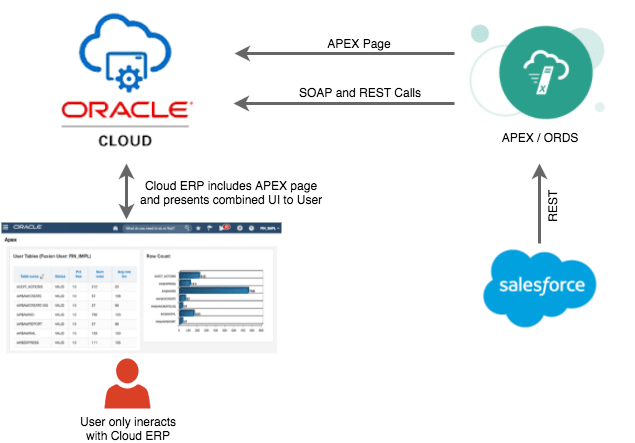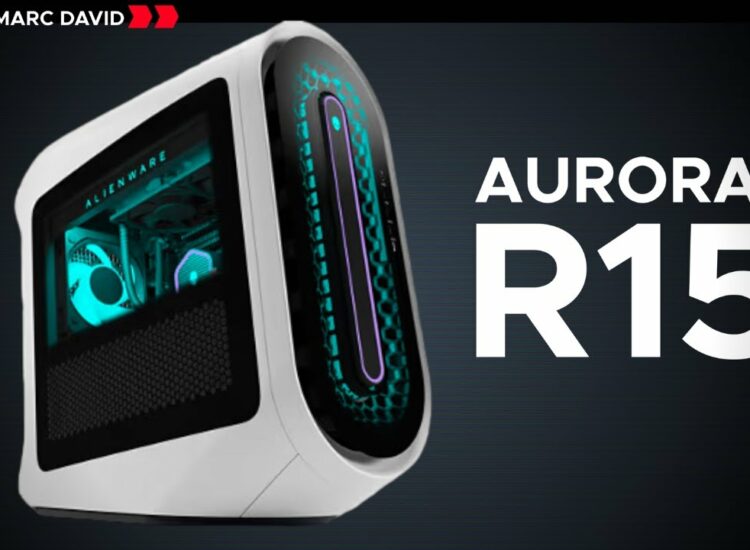Mainframe computers, the stalwart giants of enterprise computing, have been the backbone of critical business operations for decades. Originating in the 1950s, these powerful machines were initially employed for large-scale computations and data processing tasks. Despite the rise of personal computers and distributed computing systems, mainframes have stood the test of time due to their reliability, scalability, and unparalleled processing power.
Toc
- 1. Introduction of Mainframe Computers
- 2. Bridging Tradition with Innovation: Mainframes in the Cloud Era
- 3. Mainframe Computer Applications Today
- 4. Challenges and Innovations in Mainframe-Cloud Integration
- 5. Related articles:
- 6. Future of Mainframes in the Cloud Era
- 7. Potential Challenges and Solutions
- 8. Conclusion
Introduction of Mainframe Computers
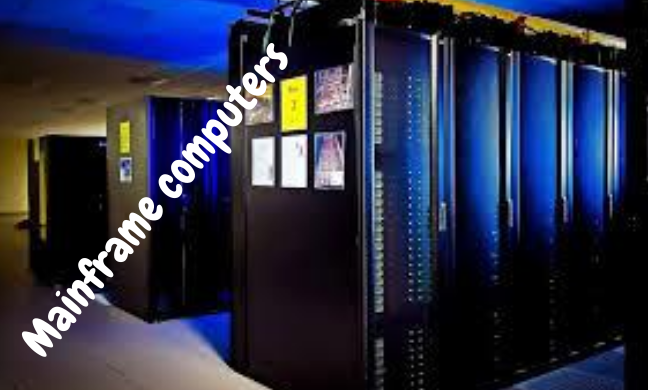
Mainframe computers were initially developed to handle complex calculations and data processing tasks for government agencies and large corporations. The first mainframe, the IBM 701, was introduced in 1952 and could perform about 50,000 operations per second. As technology advanced, so did the capabilities of mainframes, with later models such as the IBM System/360 offering increased processing power and storage capacity.
Challenges in Mainframe Computing
While mainframes offer unparalleled processing power and reliability, they also come with their own set of challenges. These include high costs associated with hardware and maintenance, complex programming languages, and limited compatibility with modern technologies. Additionally, with the rise of cloud computing, some organizations have started to question the use of mainframes in an increasingly digital world. However, mainframes remain a critical component in many industries, especially those that require high levels of security and availability.
Benefits of Combining Mainframe Computing with the Cloud
The integration of mainframe computers with the cloud offers numerous benefits for organizations, including cost savings, increased agility, improved data management, and enhanced disaster recovery. By offloading non-critical workloads to the cloud, organizations can reduce hardware and maintenance costs associated with mainframes. Additionally, the flexibility of the cloud allows for easier scalability and adaptability to changing business needs.
Challenges in Migrating Mainframe Workloads to the Cloud
Despite the benefits, migrating mainframe workloads to the cloud is not without its challenges. These include compatibility issues between legacy mainframe systems and modern cloud platforms, complex data migration processes, and potential security concerns. However, with proper planning and execution, these challenges can be overcome, enabling organizations to reap the benefits of a hybrid mainframe-cloud environment.
Bridging Tradition with Innovation: Mainframes in the Cloud Era

The combination of mainframe computing with the cloud represents a new era for these iconic machines. By leveraging the benefits of both technologies, organizations can maintain the reliability and security of mainframes while also taking advantage of the agility and cost savings offered by the cloud. This hybrid approach allows organizations to modernize their infrastructure while still relying on the proven capabilities of mainframes.
Use Cases for Mainframe-Cloud Integration
There are many use cases for integrating mainframe computing with the cloud, including disaster recovery, data analytics, and batch processing. By utilizing the cloud for these workloads, organizations can free up resources on their mainframes for critical tasks that require high levels of security and stability. Additionally, the scalability and flexibility of the cloud allow for easier management of fluctuating workloads.
Future Outlook for Mainframe-Cloud Integration
As technology continues to evolve, the future outlook for mainframe-cloud integration looks promising. With advancements in cloud technologies and the emergence of hybrid cloud solutions, organizations will have more options for integrating their mainframes with the cloud. Additionally, as more businesses move towards digital transformation, the demand for mainframes that can seamlessly integrate with modern technologies will only continue to grow.
Advantages of Running Mainframes in the Cloud for IT Professionals
Mainframe computers are renowned for their ability to handle massive volumes of transactions and data with exceptional speed and accuracy. In the cloud era, these attributes are being leveraged to create hybrid cloud environments that combine the robustness of mainframes with the flexibility and scalability of cloud computing. This integration allows organizations to modernize their IT infrastructure without sacrificing the reliability and performance that mainframes provide.
- Scalability: Cloud platforms enable dynamic scaling of mainframe workloads, allowing businesses to accommodate fluctuating demands without overprovisioning resources.
- Cost Efficiency: By integrating mainframes with cloud services, organizations can optimize their resource utilization and reduce operational costs associated with maintaining on-premises data centers.
- Enhanced Security: Mainframes are inherently secure, and when combined with cloud security measures, they offer a fortified environment for sensitive data and mission-critical applications.
- Disaster Recovery: Cloud-based disaster recovery solutions ensure that mainframe data and applications remain available and resilient in the face of unforeseen disruptions.
- Innovation: The cloud facilitates the adoption of cutting-edge technologies such as AI and machine learning, which can be used to augment mainframe capabilities and drive innovation.
Mainframe Computer Applications Today

Though some may perceive mainframes as outdated technology, they remain a crucial component in many industries and continue to evolve with the times. Today, mainframes are commonly used in banking, finance, healthcare, transportation, government agencies, and other sectors that require high levels of security and reliability. With advancements in cloud computing and hybrid solutions, the future looks bright for these powerful machines as they bridge tradition with innovation.
Key Industries Relying on Mainframes
Mainframe computers continue to be indispensable across various industries due to their unparalleled performance and reliability:
- Finance: Banks and financial institutions rely on mainframes for real-time transaction processing, risk management, and regulatory compliance. Mainframes handle billions of transactions daily, ensuring accuracy and security.
- Healthcare: Mainframes support the vast data processing needs of healthcare organizations, enabling efficient patient record management, billing, and compliance with health regulations.
- Government: Government agencies use mainframes for large-scale data processing tasks such as tax collection, social security management, and public service delivery.
The Role of Mainframes in Modern Technology Infrastructure
In today’s technology landscape, mainframes are not just about legacy systems—they play a crucial role in supporting modern IT infrastructure. From powering e-commerce platforms to managing supply chain logistics, mainframes are integral to the seamless functioning of various digital services that underpin our daily lives. With the cloud, mainframes can continue to evolve and integrate with emerging technologies, ensuring their relevance in the ever-changing tech landscape.
Challenges and Innovations in Mainframe-Cloud Integration
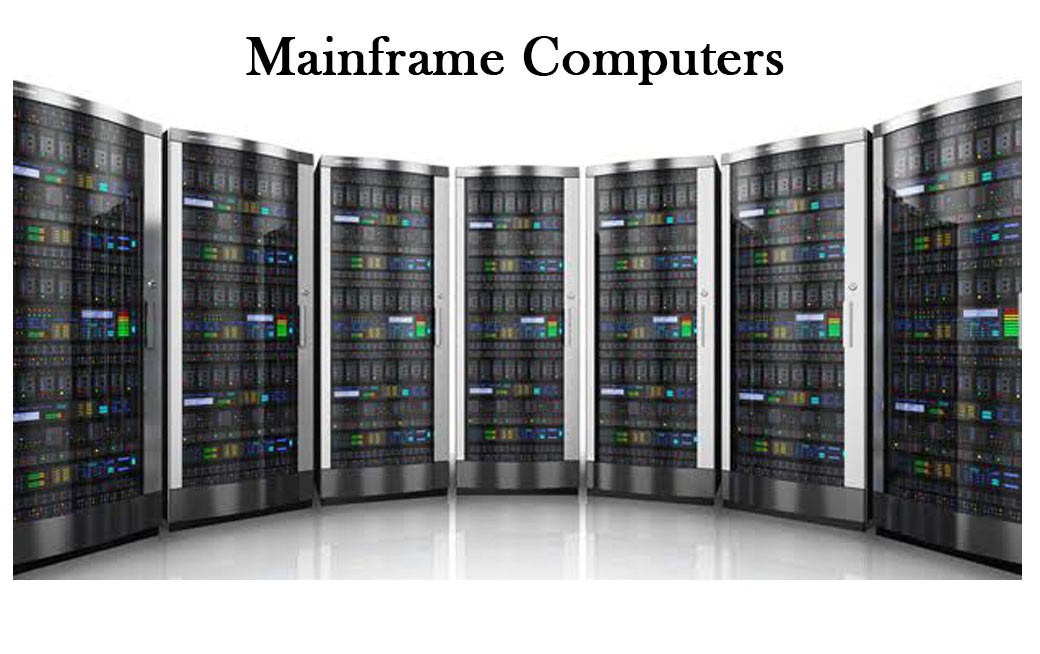
While the benefits of integrating mainframes with the cloud are plentiful, there are still challenges that organizations may face. Some common hurdles include legacy systems, data migration, and compatibility issues. However, with innovative solutions such as hybrid cloud platforms and modernization tools specifically designed for mainframes, these obstacles can be overcome to achieve a successful integration.
Legacy Systems and Modernization
Many organizations still rely on legacy mainframe systems that may not be compatible with cloud technologies. Modernization is essential for these systems to take full advantage of the benefits that the cloud offers. This process involves updating hardware and software, optimizing applications, and integrating newer technologies such as APIs and microservices.
Data Migration Challenges
Moving massive amounts of data from on-premises mainframes to the cloud can present challenges in terms of time, cost, and security. Organizations must carefully plan and execute data migration strategies to ensure minimal disruption to business operations. Specialized tools and services are available to make this process more efficient and secure.
Compatibility Issues between Mainframes and Cloud Technologies
Mainframes use specialized operating systems that may not be compatible with traditional cloud platforms. However, hybrid cloud solutions and advancements in mainframe virtualization technology have made it possible to bridge this gap and create a seamless integration between the two.
- https://bargame.xyz/artificial-intelligence-in-digital-marketing-how-ai-chatbots-revolutionize-customer-engagement/
- https://bargame.xyz/the-power-of-oracle-erp-and-cloud-integration-for-enterprise-businesses/
- https://bargame.xyz/alienware-computers-the-pinnacle-of-gaming-excellence/
- https://bargame.xyz/alienware-gaming-pc-the-ultimate-gaming-machine/
Common Challenges in Maintaining and Integrating Mainframes
Despite their strengths, mainframe computers do present certain challenges:
- Skill Shortages: The expertise required to manage and maintain mainframes is becoming scarce as experienced professionals retire and fewer new graduates specialize in this field.
- Integration Complexity: Integrating mainframes with cloud environments and modern applications can be complex and requires careful planning and execution.
- Cost of Upgrades: Upgrading mainframe hardware and software can be expensive and time-consuming. Organizations must carefully consider the potential benefits and risks before making any changes.
Innovations to Address These Challenges
To overcome these challenges, several innovations are emerging:
- AI and Automation: AI-driven tools and automated processes are enhancing mainframe management, reducing the dependency on specialized human expertise.
- Containerization: Technologies like Docker and Kubernetes are being used to containerize mainframe applications, making them more adaptable and easier to integrate with cloud services.
- Mainframe-as-a-Service (MFaaS): Cloud providers are offering MFaaS solutions that allow organizations to access mainframe capabilities on a subscription basis, reducing the need for substantial upfront investments.
Future of Mainframes in the Cloud Era
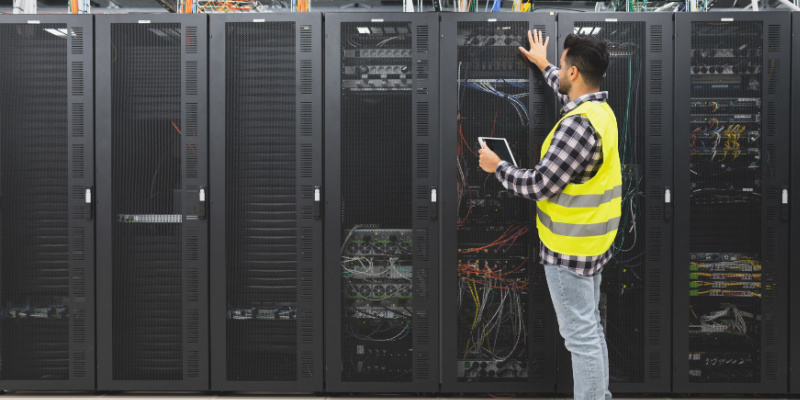
The integration of mainframes with cloud technologies has opened up new possibilities and created a more flexible, scalable, and cost-efficient IT infrastructure. As technology continues to evolve at a rapid pace, mainframes will continue to adapt and play a critical role in the digital transformation of businesses worldwide. With advancements in AI, automation, and hybrid cloud solutions, organizations can expect even greater innovation and value from their mainframe investments in the future.
Predictions and Insights on the Future of Mainframes
Industry experts foresee a promising future for mainframes in the cloud era:
“The cloud is the next frontier for mainframes, offering unparalleled scalability and flexibility that modern businesses demand.” – Dr. Angela Chang, Cloud Computing Innovator
“As we enter the cloud era, mainframes are proving to be the backbone of digital transformation, providing the reliability and security that are unmatched in the industry.” – Michael Rodriguez, Senior IT Director
“Mainframes are no longer the ‘dinosaur’ of computing. With advancements in cloud technology, they’re becoming the strategic choice for enterprises looking to optimize their infrastructure and reduce costs.” – David Kim, Chief Technology Officer
Opportunities for Growth and Development
The integration of mainframes with cloud technology presents numerous opportunities for growth:
- Digital Transformation: Mainframes will continue to play a pivotal role in the digital transformation journeys of enterprises, enabling them to modernize their IT ecosystems.
- Enhanced Data Analytics: The combination of mainframes and cloud-based analytics tools will unlock new insights from vast datasets, driving informed decision-making.
- IoT Integration: Mainframes’ ability to process large amounts of data makes them well-suited for handling the influx of information from IoT devices, facilitating smarter cities and industries.
Potential Challenges and Solutions
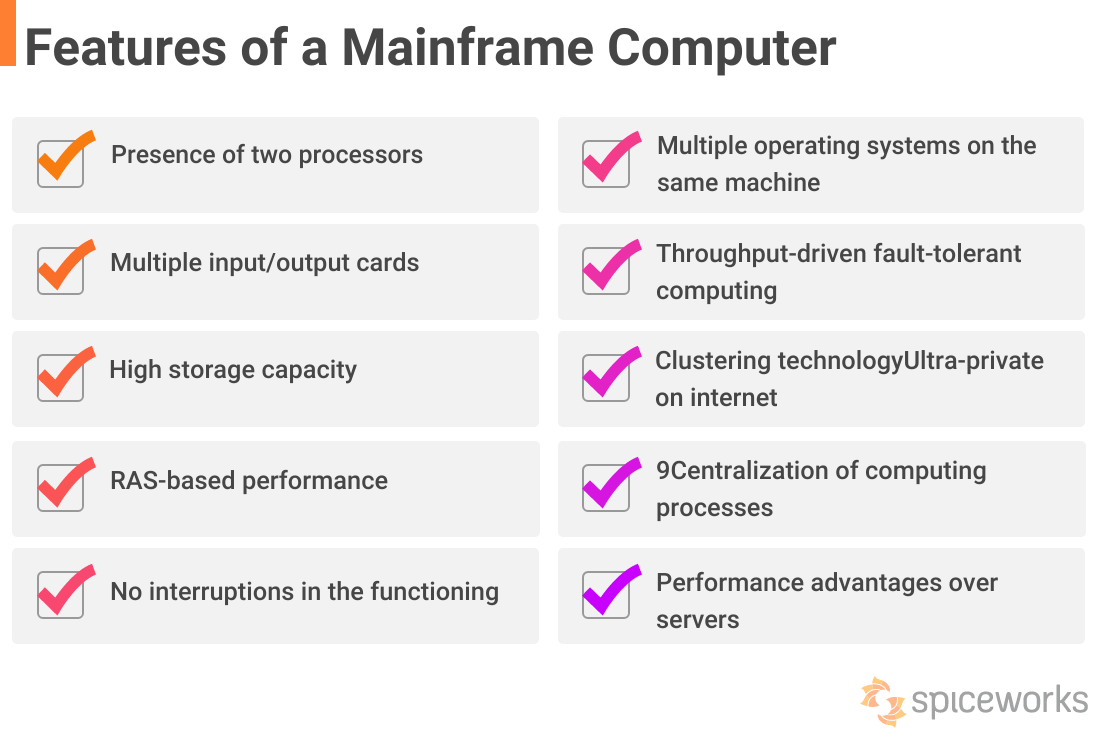
While the integration of mainframes with cloud technologies holds immense potential, organizations must navigate several potential challenges. Addressing these challenges is crucial to harness the full benefits of this integration and ensuring a smooth transition.
Security Concerns
As data moves between mainframes and cloud environments, security remains a top priority. Protecting sensitive information from cyber threats and ensuring compliance with regulations is paramount. Organizations can mitigate these risks by implementing robust encryption protocols, adopting a zero-trust security model, and using advanced monitoring tools to detect and respond to potential threats in real-time.
Downtime and Business Continuity
Any downtime during the integration process can significantly impact business operations. To address this, organizations should develop comprehensive business continuity and disaster recovery plans. Leveraging hybrid cloud strategies, where critical applications run both on mainframes and in the cloud, can minimize downtime and ensure high availability.
Data Synchronization and Consistency
Ensuring data consistency between on-premises mainframes and cloud systems can be complex, especially when dealing with real-time transactions. Solutions like data replication and synchronization tools, coupled with strong data governance policies, can help maintain data integrity and consistency across all platforms.
Cost Management
Transitioning to a hybrid infrastructure can entail considerable costs, including investments in new technologies, staff training, and ongoing maintenance. Organizations should conduct thorough cost-benefit analysis and adopt cost management strategies, such as pay-as-you-go pricing models offered by cloud service providers, to optimize their expenditures.
Legacy Application Modernization
Modernizing legacy applications to be compatible with cloud technologies can be challenging and resource-intensive. Utilizing application modernization tools, such as code refactoring and API integration, can streamline this process and enable smoother transitions. Engaging with experienced technology partners can also provide the necessary expertise and support.
By proactively addressing these challenges with well-planned strategies and leveraging cutting-edge solutions, organizations can successfully integrate mainframes with cloud technologies and unlock new levels of efficiency, scalability, and innovation.
Conclusion
Mainframe computers have come a long way from their inception in the mid-20th century. In the cloud era, they are evolving to meet the demands of modern businesses, offering a blend of reliability, scalability, and innovation that is essential for competitive advantage. By understanding the role of mainframes in today’s technology landscape and embracing their integration with cloud environments, IT professionals can unlock new possibilities for efficiency and growth.
As the digital landscape continues to evolve, staying updated on advancements in mainframe technology is crucial. Sign up for Jasper today to explore how AI and automation can enhance your mainframe management and propel your organization into the future.

